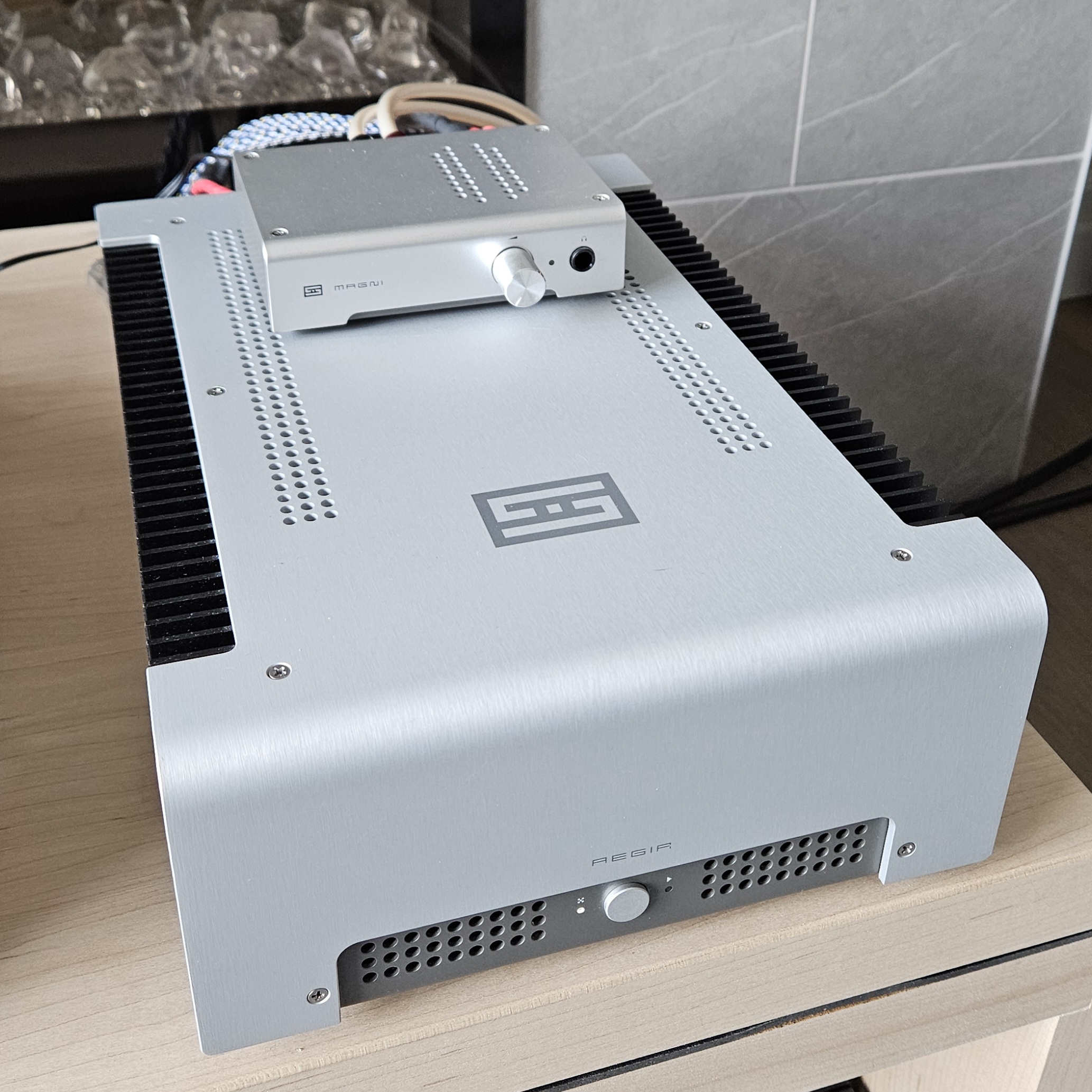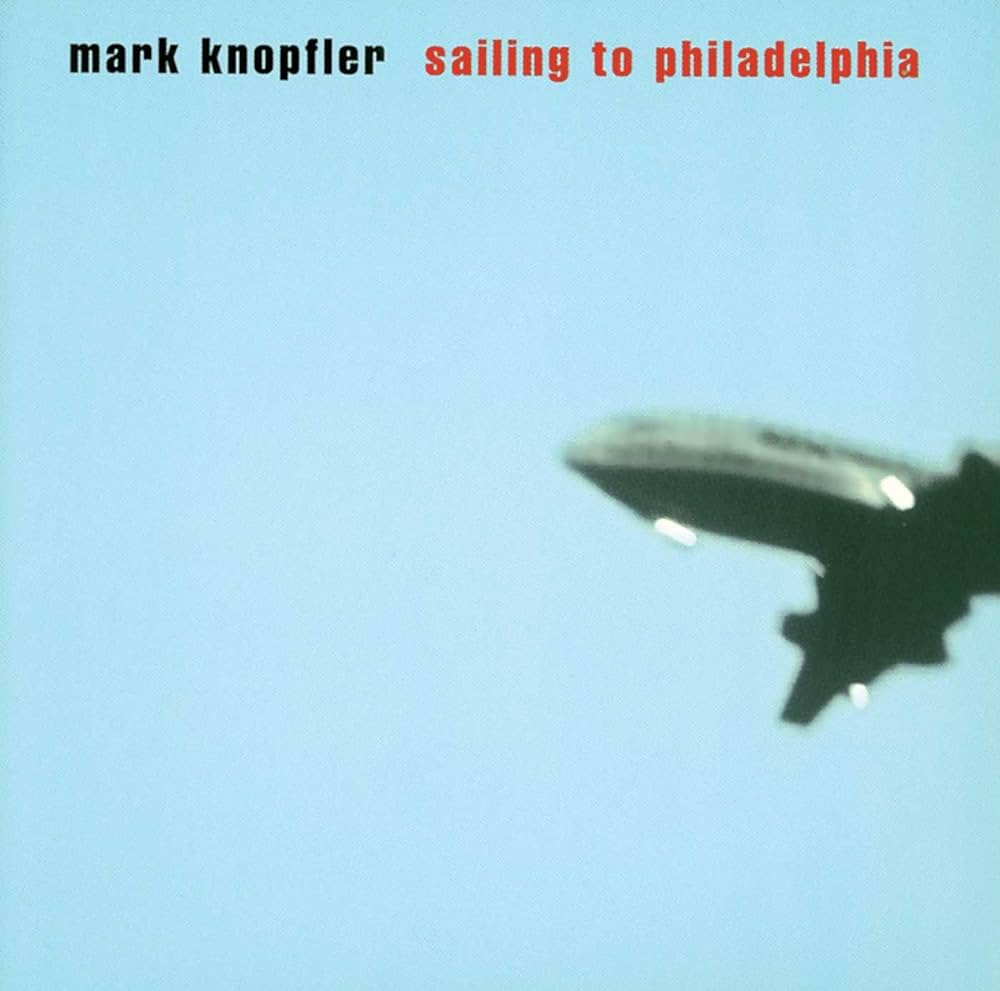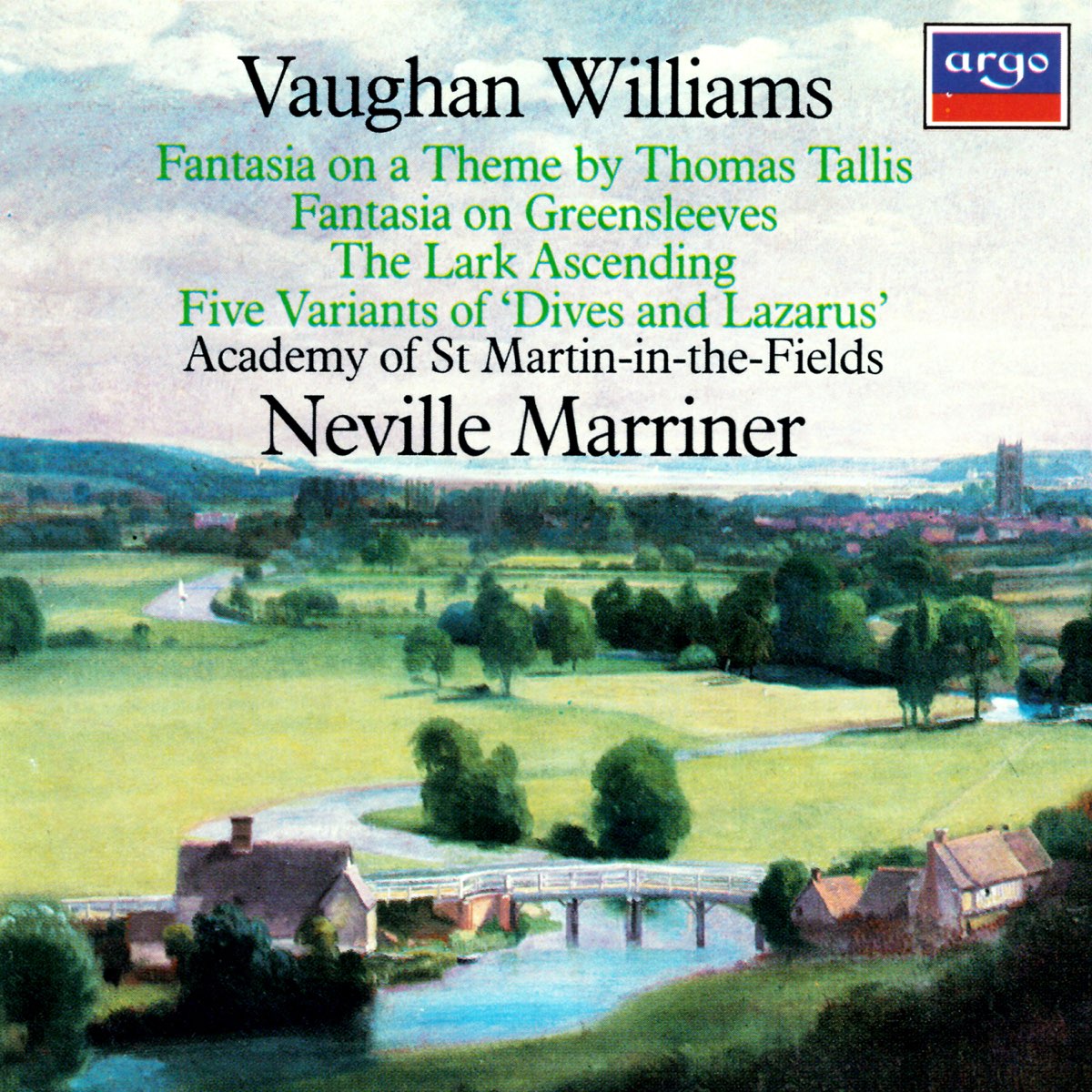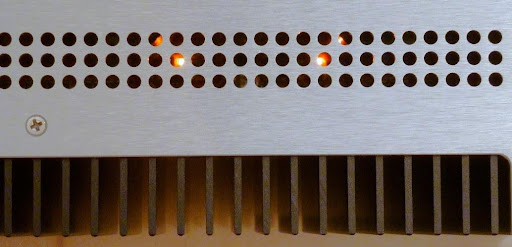The Schiit Audio Aegir Stereo Power Amplifier: Soon to be a CHE?
By Steve Graham
I’m ba-ack. Sort of.
After one of history’s shortest retirements, I’ve discovered there is still a lot to share with you lovely audiophiles. Recently, I revealed that my hearing had deteriorated. When it comes to parsing the fine details of an audio component’s performance, I don’t, for the most part, feel confident passing judgement. However, I find that my tinnitus is often less bothersome in the morning, so I like to do my “critical” listening then. On days where everything sounds “off” from the get-go, I only listen casually at low volumes, usually while puttering about in my workshop. As well, I always compare a new piece of equipment to other known components. I don’t listen to new gear in isolation.
I pitched a plan to the boss to do some short-form reviews and information pieces. He agreed. Consider this review/exploration a bit of both. Perhaps I’ll call these “Steve Bytes” or maybe “Steve’s Bytes.”
I had not intended to review, full or otherwise, the Schiit Audio Aegir stereo amplifier. But, spoiler alert, the Aegir’s performance is just too good not to share with all of you.
The Aegir (1)
Why might the Schiit Aegir be a CHE (Classic Heritage Exotic) you ask? The final production run of Aegirs has been completed. It’s the end of the line for this little gem. As of this writing there was still stock, so act fast if you want one, or two. (Update, Schiit has announced a MkII version. Hall Of Fame status may have to wait a while. -Ed.)
The difference between two DACs might be slight. The advantage of one interconnect over another might be so small – I am not saying unimportant – that some of us might find these differences of little consequence. Not so with the Aegir. It has, dare I say it, a musical nature that instantly appeals. But first let us talk about amplifier classes. Skip over the next section if you wish.
Now, Class…
I’m hoping you double-E’s will cut me some slack. These explanations are a distilled version of what can be a complex topic. I’ll also use a few automotive analogies that might seem a bit crude.
Class A amplifiers: A bit like holding your foot hard on the gas even if the car is in neutral. A lot of power instantly on tap, but there is a price for that. Lots of heat, wear, high fuel consumption and shorter engine life. With amplifiers, Class A has its foot hard on the gas too. This results in more heat, lower power, and reduced efficiency, but usually not more wear or shortened component life. The output device(s), be they tube or transistor, are always on and constantly drawing a lot of juice from the amp’s power supply. Class A amps, whether they are tube-based or transistor-based, often, but not exclusively, employ single-ended topology. Single-ended means that a single device (or sometimes paralleled devices) amplify the positive swings and the negative swings of the musical signal. (This will be a bit clearer when we get to Class B amplifiers.) The nature of single-ended tube amplifiers requires them to have physically larger output transformers than a comparably-powered non-Class A amp. Those big output trannies seen on 300B SET amps, that output approximately 10 watts per channel, are not that size just for fun.
Class B amplifiers: These are like the vehicles that automatically shut their engines off when you come to a stop, then start again when you step on the gas. In my experience, there always seems to be a bit of a delay and a lurch when you get going again. The audio equivalent is a push-pull amplifier biased for Class B operation. Push-Pull? So called because one device, whether it be tube or transistor, amplifies the positive half of the musical waveform then shuts off and hands the negative half over to another device. This switcheroo can happen up to, and perhaps more than, 20,000 times per second. At the zero-crossing point there is inevitably a glitch, which means distortion. Class B amps typically draw less current from their power supplies if there is no, or a very small, signal passing through them – compared to a Class A amp. As more power output is demanded, a Class B amp draws more power from its power supply.
Class B amps are seldom, if ever, used for quality audio reproduction as they typically have inferior sound quality.
For a deeper dive into the practical aspects of biasing see this article I wrote for WOS back in 2017. https://wallofsound.ca/audioreviews/amplification/output-tube-biasing-an-introduction/
Class AB amplifiers: As AB implies, these amplifiers are a hybrid of Class A and Class B. Class AB amps have the advantages of both and the disadvantages of neither, for the most part. These are always push-pull amplifiers – tube or transistor – that are biased such that the device amplifying the positive half of the musical signal does not switch off at the zero-crossing point. It carries on amplifying part-way into the negative side. The opposite device amplifying the negative side does the same, carries on part-way into the positive side. This greatly reduces distortion, for the small price of slightly lower efficiency, compared to Class B. Class AB is a bit like a car that does not turn its engine off when stopped waiting for a traffic light to change. It idles at a low RPM and is ready to go as soon as the driver steps on the gas.
Most audio amplifiers of the past half century, or more, have been Class AB designs. But AB is not perfect. There is usually some small vestige of distortion at the zero-crossing point. The zero-crossing point is one of the places where the fine details, that we audiophiles live for, exist. Perhaps that is why some ‘philes love their Class A, single-ended (SE) amps. There is no zero-crossing distortion in a SE amp because there is no handover to another device.
There are different gradations of Class AB amps. Some are biased only a small amount into Class A before they, revert – so to speak – to Class B. A 20-watt amp might only be biased for 1 or 2 watts of class A. Fine at low volumes, but when we want to get the joint jumpin’, the amp will begin operating out of the Class A region very quickly. Historically, push-pull amps with their bias set to a higher percentage of their maximum power, have been met with greater audiophile acceptance. The Aegir is heavily biased into Class A. It idles above 10 watts, more than 50% of its nominal 20 watt per channel maximum.
There are other classes of amps that have come and gone over the years. Some have used sliding bias or short-term higher voltage boosting as a way around the constraints of Class AB. The now-common Class D digital amps are a different kettle of fish. We won’t go there this time around.
The Aegir (2) A Pair in Bridged Mono
All the Aegir reviews on YouTube and in print or online publications are correct. It is a great amplifier. What can I add to these? Pitting it against my ARC Reference 110 power amp is what. Me, the lover of tubes settle for a solid-state amp? Yes. I’m not ditching the 110, but I can’t quite justify using it in the late spring, summer and early autumn. Those eight 6550 tubes and four 6H30 tubes generate way too much heat in my basement lair and quickly turn it into a sauna.
I can’t, in good conscience, justify running the air conditioning for a little musical enjoyment. Consequently, I don’t usually listen to my main system much for four to five months of the year. Greatroom and workshop systems see use year-round. It seemed a shame to sideline the “big rig” for a large portion of the year.
Why buy two? The Aegir is a 20wpc stereo amp that bridges to 80 watts mono. Close enough to be competitive with my 110wpc ARC. The Aegir can only be bridged to mono with a true balanced preamp, which my ARC Reference 3 is.
The sound of two Aegirs running in balanced mono is startlingly good. They don’t quite have the coherence of the Ref 110, but come very close. By coherence I mean a consistency of approach in sonic signature across the audible spectrum. No part seems unnaturally accentuated by the Aegir. Some amps have great bass depth and control but lack midrange and treble refinement. Others might have a sumptuous midrange but lack treble detail and bass drive. If I had to pick out one character trait, not to be confused with a flaw, I would say the Aegirs sound a bit on the warm side of neutral. Warm is such a banal description, but it kind of applies. The kind of warm I mean is not slow, imprecise, or indistinct, the way some think of classic tube gear. The Aegirs have an easy, but by no means bland, sonic signature. Even half-decent recordings drew me into a more intimate connection with the music.
The top to bottom cohesion to the sound of the Aegir pair is seldom heard in solid-state amps short of Krells, Levinsons or the like. The Aegir’s mids and highs are at the same time very detailed, but not aggressively so. The bass is both tight and tuneful. Not to the degree that their Krell and Levinson brethren so effortlessly accomplish, but exceedingly good for the price.
Sarah McLachlan’s, Song For A Winter’s Night, from Rarities, B-Sides & Other Stuff, caressed my tired ears in, if not in quite the same way as my big ARC does, a very musical and engaging way none the less.
The Aegir pair untangled all the threads of Mark Knopfler’s, What It Is, from Sailing to Philadelphia, in the way I expect any good amp to, but have seldom heard on solid-state amps, much less ones in the price category of the Aegir. The pair of Aegirs definitely gave me the musical tingles we audiophiles crave.
I “spun” the Ralph Vaughan Williams, Fantasia on a Theme by Thomas Tallis and The Lark Ascending, a 1970s recording by Neville Mariner directing the Academy of St. Martin-in-the-Fields. A 24/192 rip from a Decca recording pressed in Holland, the sound, yes, I know I don’t like vinyl (I do like vinyl, under the right conditions), was clear, precise and very detailed. Yet the stringed instruments were not at all screechy. Dare I say it? I think I liked the Vaughan Williams slightly better on the Aegirs than the ARC Ref 110. Certainly, the Aegirs were not a down-grade in musical enjoyment. It is almost uncanny how the Aegir pair consistently run right up to very edge of clearly-drawn detail, without crossing over into overly bright or harsh. Assuming decent recording quality, of course. The Aegir pair won’t save the digital nasties of Ry Cooder’s, Bop Til You Drop, but they don’t add insult to injury either.
The Aegir (3) A Single Aegir used in Stereo
Note the big transformer and large heat sinks for a 20 wpc amp
I had been running two Aegirs as mono amps in my main system with 90 dB efficient speakers that are a nominally 8 ohms with a minimum of 4 ohms. The speakers in my greatroom have the same spec but play into a much larger space. Their position in the room is not the most ideal, as domestic considerations take precedence. One Aegir displaced a 25 wpc tube amp in the greatroom system. This system, fed by a music streamer, is not called on to play at high SPLs. A single Aegir acquitted it self quite nicely. It ran out of gas, but gently so, when pushed a little too hard. At what passes for normal listening in this room, the sound of the Aegir was near-faultless.
Am I saying the Aegir has a tube-like sound signature? No. But my ARC 110 doesn’t exactly have what many would call tube-like sound either. Perhaps we are are ready to move beyond tube-like and transistor-like descriptions. Neither the Aegir or my ARC 110 are ultimate expressions of the audio reproduction arts. Both are however, music-like. Not in precisely the same way, but both equally valid and musically rewarding. That’s good enough for me and I suspect for many of you too.
The Wrap (almost)
In summary, a pair of Aegirs – each capable of 80 watts in bridged mono mode – formed a symbiotic relationship with the rest of my system and especially the Spendor D9 speakers. Where they might have difficulty would be with current-hungry speakers like some of the big Focals, Magnepans or the like. Even some of the Klipsch monsters, though efficient, can be challenging for amplifiers, due to demanding impedance swings. Modern interpretations of classic Altec and JBL speakers, though efficient, can place stressful demands on amplifiers too. Owners of these speakers will likely seek out much more upscale amplification.
As a for instance, a pair of floor-standing Triangle Borea would be obvious candidates to pair with two Aegirs running as monoblocks. There are many others that should work extremely well too, but none that I have heard personally.
Pairing a single Aegir with speakers is also very recommendable but some caveats apply. No caveats on sound quality, but twenty watts per channel will only get you so far. In a smaller listening space, or a system that is not played very loudly, or paired with high efficiency speakers in a somewhat larger space, an Aegir could be just the ticket for blissful musical experiences. As part of a system with Triangle Borea stand mount speakers, I think an Aegir might be near-ideal.
As seen in the picture above, there are amber LEDs on the circuit board, four per amplifier. Do these LEDs perform some value in the circuit or are they a meretricious attempt to seduce tube-loving audiophiles with their amber, tube-like glow? (I have been waiting a long time to use the word meretricious.) Regardless, I am seduced by the Aegir’s sound and the LEDs are just an added bonus.
I had been dithering over the Aegirs for a while, but FOMO and a two-hundred-dollar discount on a pair was too difficult to resist. The cost of all this musical, ooey, gooey goodness is $699 in US funds, per amplifier, $100 US off the regular price. A pair landed in Canada, with shipping and 13% HST was just a shade over 2,400 Canadian dollars. (Note, the new Aegir 2 is currently $899 US – Ed.)
Money well-spent? Undoubtedly. The pair of Aegirs will be my daily drivers for the warmer months of the year.
If new Aegirs have sold out by the time you read this, do not despair. They turn up from time-to-time on the audio-mart sites. I predict the Aegir is destined to be a “Classic”.
Ready to Nerd-out?
How does the Aegir make such lovely sound? It’s down to “Continuity™” circuit topology, according to Schiit. The term “Continuity™” covers many advances in circuit design but the one that caught my eye was the elimination of (ahem) “Transconductance Droop.” Transconductance is the ability of an electronic device – be that tube or transistor – to convert voltage into current. Essentially, we want to convert the low current from our source components, into the higher current required to move heavy things, like speaker cones. If you read the section on classes of amplifiers, you will perhaps remember that Class AB amplifiers, when operating within their Class A zone, positive and negative sides of the musical waveform is amplified by both positive-side and negative-side devices, which in effect, doubles the overall transconductance. When operating outside of Class A, into the Class B region, only one of the devices is contributing to transconductance. Hence, “Transconductance Droop.”
Continuity™, also addresses mismatching of positive and negative devices in a push-pull transistor amplifier. Without getting too far into the weeds, push-pull transistor amplifiers, for the most part, employ complimentary but opposite polarity devices in their output stages. One polarity for “push” and the opposite polarity for “pull.” However, these devices are never perfect compliments to each other. The Aegir sort of flips the script by using both positive and negative polarity devices on both the positive and negative sides of the push-pull circuit. Other methods like microprocessor monitoring and current-feedback are also said to contribute to superior performance. How each of these schemes contributes to overall sound quality, we will likely never know. But like I mentioned above, anything that makes for an amplifier with lower distortion, without getting in the way of music, is a good thing. I think anything that reduces the zero-crossing distortion of the musical waveform, is a boon to us audiophiles who revel in the delicate, quiet details of our recordings. And droop, of any sort, is a good thing to be rid of.
Editor’s input: Steve called and asked me if I could pick up another Schiit Aegir for him. Yes, he’s got three now! This one was local to me, and since Steve and his wife were going on holidays, I could use it in the interim. Only being personally familiar with the palm-sized Schiit units, I thought sure, sounds like a plan. Long story short? Either my hearing is going, or Steve’s isn’t nearly as bad as he says. Because I heard exactly what Steve describes in this review, literally word for word. I couldn’t have written it better. I paired the single 20wpc Aegir to a pair of Anthony Gallo Nucleus Reference 3.1’s, and the results were excellent. I used it in unbalanced mode, and even had some fun with the little Magni pre that I remembered I had on a shelf – photo below. The speakers in this case have no crossover apart from the 125Hz bass cutoff, so they’re exceptionally easy to drive (normally a 12wpc tube amp does the honours). I’m really a tube amp guy, and this Schiit was pleasing to my ears – nice midrange, superb bass, good spatial performance. Everything Steve said. CHE? I don’t know about that. Maybe! But this is a very nice power amp for folks who don’t need tons of power. Nice find. Also…it’s great to have Steve “back”. This place isn’t the same without him. -Noam










Hi Steve,
You’re back again and I am loving it. Rock on!!!
Cheers,
David Neice